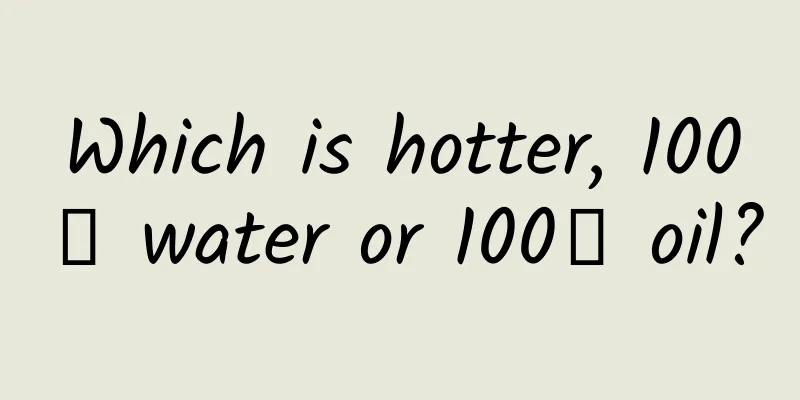Detailed explanation of Java NIO buffering technology

|
A buffer is a piece of data that is about to be written to a channel or has just been read from a channel. It is an object that holds data and acts as an endpoint of a NIO channel. The buffer provides a formal mechanism for data access and the reading and writing process. It is a major difference between NIO and the old Java I/O. Previously data was read and written directly from streams, now data can be read and written from buffers. In NIO, channel is a synonym for stream. To learn more about NIO channels, please read the previous tutorial Java NIO channels.
NIO buffer characteristics
Buffer Type Each primitive type has a corresponding buffer type. All buffer classes implement the Buffer interface. The most commonly used buffer type is ByteBuffer. The following are the buffer types provided in the Java NIO package.
Buffer capacity The buffer has a fixed size. We can only store data less than the "fixed size". The fixed size value is called the buffer capacity. Once the buffer is full, it must be emptied before writing again. Once the capacity is set, it will not change during the life cycle of the buffer. Buffer Limits In write mode, the limit of the buffer is equal to the capacity. In read mode, the limit points to the bit after the last data bit in the buffer. When the buffer is written, the limit is incremented. The limit of the buffer is always greater than or equal to zero and less than or equal to the capacity, 0 <= limit <= capacity. Buffer location The position points to the current address of the buffer. When the buffer is created, the position is set to zero. During reading and writing, the position is incremented to the next index position. The position is always between zero and the limit. Buffer Marking Marking is similar to setting a bookmark to a buffer. When mark() is called, the current position is recorded, and when reset() is called, the marked position is restored. Buffer flip, clear, and rewind Buffer flip() The flip() method is used to prepare the buffer for a get operation or to prepare a new write sequence. flip() sets the limit to the current position and then sets the position to 0. Buffer clear() The clear() method is used to prepare the buffer for a put operation or to prepare a new read sequence. clear() sets the limit to the capacity and sets the position to 0. Buffer rewind() The rewind() method is used to read the data that has been obtained again. rewind() sets the buffer position to 0. How to read NIO buffer
How to write to NIO buffer
The above are two examples of read and write buffers. There are many types of buffers and many ways to read and write them. You can choose according to your usage requirements. Original link: javapapers Translation: ImportNew.com - lemeilleur |
<<: The most powerful Android virus outbreak in history, effective on 15,000 models
>>: If you want to create the popular animation effects, you must understand some physics
Recommend
100 information flow rankings: Video leads the ranking and has the highest traffic growth!
Today I will share with you an APP heat index rep...
The famous director died suddenly of a heart attack! Early morning is the peak time for heart attacks, beware of these 4 danger signals!
According to Tibet Daily, on May 8, the famous di...
The dilemma faced by new energy logistics vehicle operators: small profit margins are the core issue
New energy vehicles are supported by governments ...
If you are not good at physics, please do not click on this article
Remember this fairy-like iced food in the restaur...
Beware! Changes in leg muscle blood vessels may be the earliest warning sign of heart failure
Compiled by: Gong Zixin Researchers at the Univer...
Milky white, yellow, green... I have a cold, why are the snots different colors?
Whenever we have a cold, we usually have a sympto...
How much does it cost to customize the Liuzhou nail art mini program? What is the price of customizing the Liuzhou nail art app?
There is no doubt that the topic of mini programs...
After the second wave of OPPO Find X sold out, Electric Technology found these exquisite aesthetic experiences in user purchase feedback
"Sold out, will be on sale again at 10am on ...
The number of confirmed cases in 13 places has dropped to zero! Which 13 places are they? Detailed list attached!
On March 16, Ningxia announced that the number of...
What is the role and significance of shooting a company promotional video?
Company promotional video shooting is a common pr...
What are the requirements for a bidding promotion creative?
There should be at least 1-2 wildcards in the tit...
Digital progress bar
Source code introduction: Customize the digital p...
Tesla, with a net profit five times that of BYD and a net profit of 50,000 per vehicle, can’t beat Ideal and SERES?
How much money can a manufacturer make from selli...
Momo’s paying users have surged. What’s the operational growth logic behind it?
When it comes to Momo, many people still think of...
The "black box" that is often sought in air crashes turns out not to be black!
The "black box" that is often sought in...









